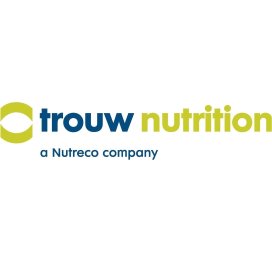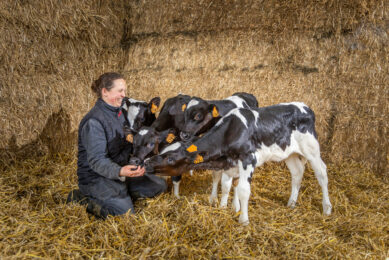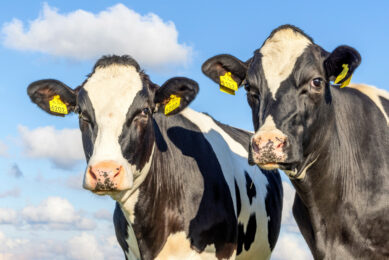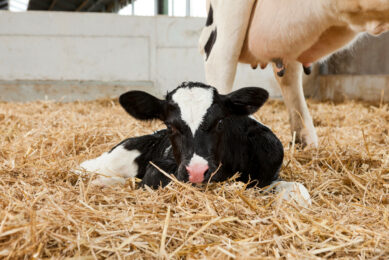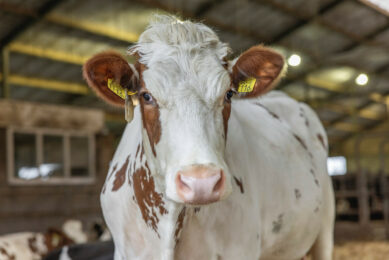Sustainability in milk becomes more transparent
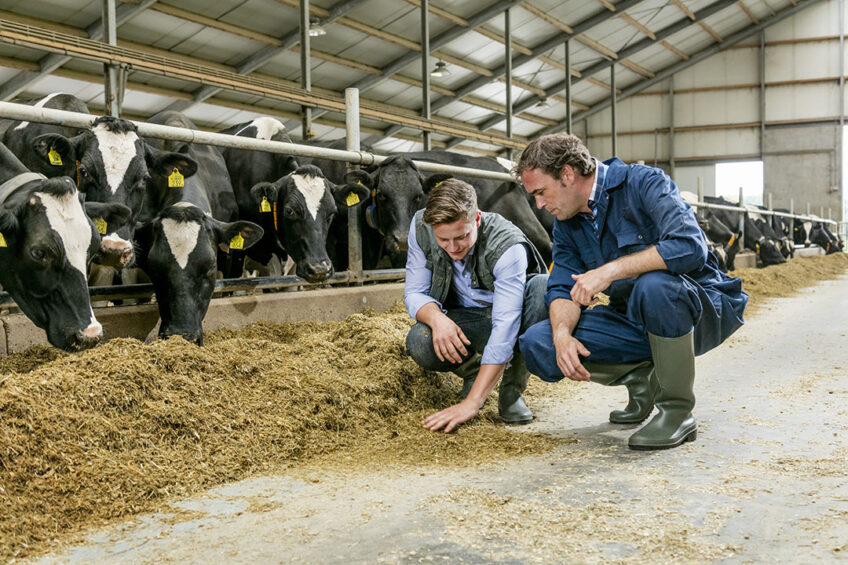
A growing number of tools and insights are available to reduce both the direct and indirect effects on the environmental footprint of on-farm milk production. This helps to build trust and transparency around our progress in producing sustainable milk.
The environmental impact of milk production is a hot topic at many global livestock conferences today. At the recent Animal Agtech Innovation Summit held in Amsterdam, the Netherlands, it was once again addressed that the whole food value chain is responsible for reducing the climate impact of food production. Yet, most emissions from the production of animal protein (scope 3 emissions) are generated at the farm level. This is by far the biggest chunk of total food production emissions and is considered by some the most complex to tackle.
While it puts extra pressure on farmers, applying more sustainable farming practices can also provide new opportunities to add value to their products and be more efficient and future-proof. But this can only be done with the right measurements, calculations and validation tools that allow farmers to be rewarded for the actions they take.
Industry progress
Considerable progress has already been made across the dairy industry. Dutch dairy farmers, for example, reduced their carbon impact per kilogramme of milk by 35% between 1990 and 2019. This research on greenhouse gas emissions from “feed to farmgate” was conducted by experts from Wageningen University & Research, Blonk Consultants, Schothorst Feed Research and FrieslandCampina and peer reviewed by independent scientists.
The research team concluded that many elements influenced this decrease, including less electricity and compound feed use per kilogramme of milk, reducing the amount of nitrogen applied per hectare and increases in dairy cow productivity. A clear overall factor is more efficient dairy farming since 1990, which results in fewer emissions.
New pricing models are being introduced by dairy processors to reward farmers who implement sustainable farming practices. FrieslandCampina, for example, pays farmers an extra 1.5 euro cents/kg milk when emissions (CO2 equivalent) are 0.9kg or less per kilogramme of milk.
At the summit in Amsterdam, a speaker from Danish dairy co-op Arla explained their pricing model in which farmers earn points for every sustainable measure they apply. Arla farmers receive 0.03 euro cents/kg of milk for each point they achieve, up to a maximum of 3 euro cents.
Health and efficiency
However, despite this progress, there is still room to improve and increase transparency around the environmental impact of dairy production, applying improved practices and better monitoring progress. Making emission-reduction strategies more accessible and measurable to farmers and feed advisors is crucial in this journey.
Direct and indirect interventions can be applied to reduce the environmental footprint of milk. An example of an indirect measure is increasing the efficiency, health and longevity of the cows. Increasing the productive life is a focus in a growing number of dairy countries as it has not only a sustainability component but also positively affects farm economics and animal welfare. Healthier cows simply produce more milk. For example, the main reasons for culling include poor fertility, mastitis and claw disorders. Reducing the cull rate from 30% to 20% can reduce the environmental footprint of milk at the farm by up to 5%.
Healthier cows start with improving calf and youngstock rearing and applying nutritional changes and feed additives that improve milk production efficiency. Reducing the age at first calving from 25.5 months to 22.0 months also increases efficiency and can reduce the environmental footprint of milk at the farm by up to 5%.
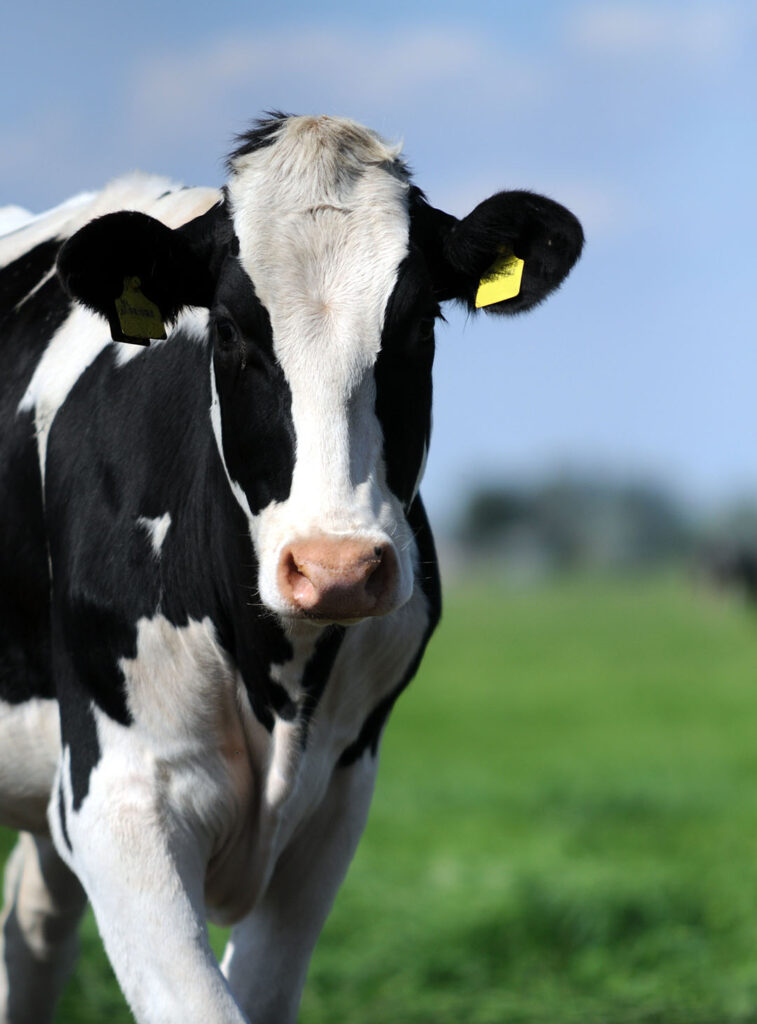
Data from direct measures
Direct effects on the environmental impact of milk can be generated by changing raw materials in the diet. MyFeedPrint, developed by Trouw Nutrition, is a tool that enables feed mills to identify and suggest feed ingredients with a lower environmental footprint than other ingredient options. Supplying dairy cattle with feeds that are more sustainable directly lowers the environmental footprint of the milk they produce. It can be as simple as changing a fat source.
While feed (for the lactating cows as well as youngstock and dry cows) represents a big part of the total environmental impact of milk (around 40%), other contributors are involved, such as farm operations, manure management and enteric fermentation.
To provide an accurate estimate of the total environmental impact per kilogramme of milk produced, dairy experts can now use the service MyMilkPrint. This life cycle assessment tool developed by Trouw Nutrition uses farm-specific inputs such as milk production, energy use, farm-grown ingredients, purchased feeds, feed additives used and nutritional data to enable dairy producers to see the complete picture of the effects of direct and indirect changes they make on farm.
The journey continues
Dairy foods are highly nutritious, and with a growing population the world needs such foods. However, the world must also reduce greenhouse gas emissions. The correct approach can help reduce milk’s environmental impact while ensuring that individual dairy operations remain viable and competitive. And while sustainability is a global topic, the interventions applied or needed can vary per region and farm and according to the targets set by the milk processor or government.
At the Animal AgTech Innovation Summit, one of the key messages therefore was “think global, act local”. The summit also concluded that positive change is happening in the livestock sector, thanks to innovation and recent technologies that have become available. It is also important to share these positive success stories and the efforts that farmers make. Having more data to measure progress and be more transparent – generated by tools such as MyFeedPrint and MyMilkPrint – is crucial to achieving sustainability targets and getting this positive message across the whole dairy value chain and beyond.
Join 13,000+ subscribers
Subscribe to our newsletter to stay updated about all the need-to-know content in the dairy sector, two times a week.


